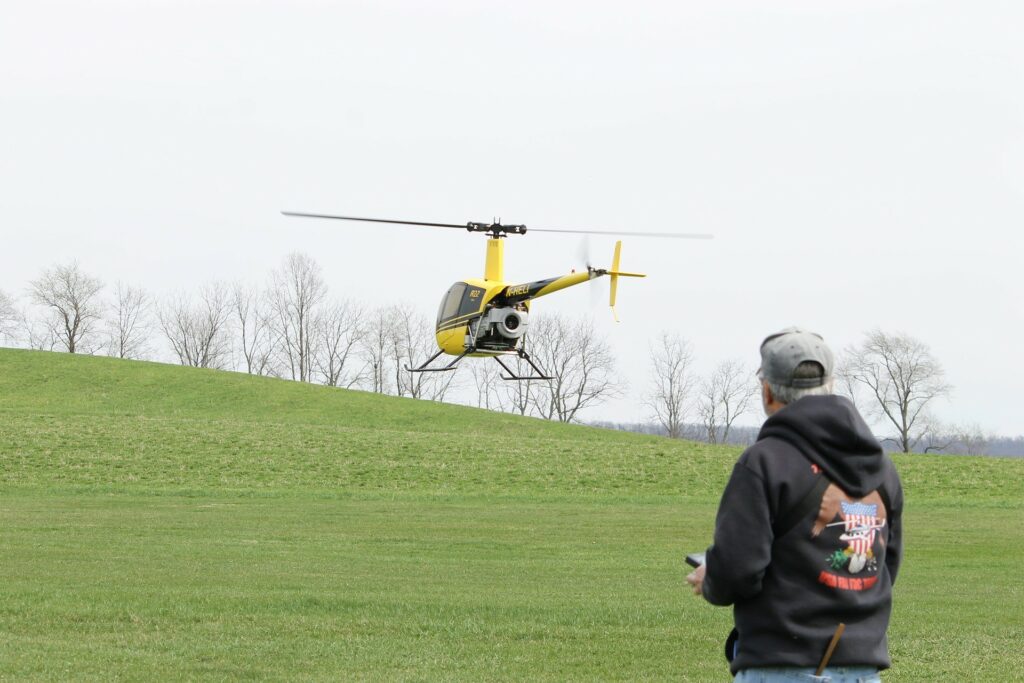One of the crucial parts of any electronics project is the connector. This applies even to RC helicopters, which is a great hobby to get into but one that does require you to know what parts are which. There are many types of connectors out there, each with their own specifications, strengths, and limitations. Knowing which ones are best for your RC copter is important.

Of course, the variety does mean it can get a little confusing. Which one is best for what I’m working on? Which one suits my needs? Read on, as we cover the most common connectors used in the RC helicopter hobby.
What Does a Connector Do?
The purpose of a connector of any type, whether you get them from Scondar or some other source, is to link the battery pack to the rest of the system. They’re there to complete an electric circuit, creating the path that allows the current to flow from battery to the rest of the components. While some of them might be easier to detach than others and will vary in the Amps they can handle, they all fulfill this basic function.
These connectors have polarity protection, making it near-impossible to connect them backward or in an incorrect manner. This can go a long way to preventing potential damage due to fried connections. No one wants sensitive electronics to fry and start smoking from within.
Things to Watch Out For
Of course, for these to work, you need a connection that can handle the current and be reliable. You also need a power source that can produce the electricity required by your model. It won’t matter that you have a good connector if the battery doesn’t bring enough power to the table. At the same time, if connectors can’t pass adequate power, the system can overheat or experience a drop in voltage.
Overheating
Fortunately, overheating isn’t a common event. It only occurs if the excess current is sustained for an extended period. Short bursts and surges are dangerous, but not likely to cause lasting damage. This is true even if the current is double what the connector was made to handle. Prolonged excess is likely to melt the connector and cause permanent damage.
Voltage Drop
Voltage drops can also be an issue. It can cause any systems run by a microprocessor to restart. This would include any receivers and systems that don’t have a flybar. Depending on the model, other systems might also be vulnerable to this problem.
Power Limits
The amount of current a connector can pull is perhaps the single most important qualifier you have to know. Without adequate power, your RC toy is going to be a very fancy paperweight. If you need 10 Amps of power and your connector is rated to only handle up to 5 Amps, that’s not good. You need to get a new one.
Size Matters
There are other factors as well, though they’re related to the power pull. Size, for instance. The bigger the connector, the more current can pass through its pins without issue. This is because there’s more contact area, allowing more room for electrons to move. It’s the same logic that makes bigger wires more capable of delivering power to your devices.
What Works Best?
When deciding what type of connector works best, there are two things to remember. First, if the manufacturer of the helicopter has a recommendation or requirement, use that. Second, if there is no such advice, then you are on your own and the choice can be intensely personal.
Personal Preferences
You might find that you aren’t fond of specific connectors. It could be lifespan or price that is a factor for you, or you might just not like the way it looks. If it’s hard to work with while soldering or if you’re uncomfortable with something that needs extensive soldering, that’s also something you need to consider.
Stiffness
Stiff connectors are usually a good thing because it means the contact is stronger than average. Though if you’re looking to replace parts frequently, it can be a bit of a hassle. Again, this is more of a personal choice and you’ll have to make the call yourself. Just take a moment to consider all the factors and your needs.
Future Use
When selecting connectors, be aware that you’re stuck with them for the long haul. It’s important to stick to one style over others from start to finish because it gives consistency to the rest of your equipment. You’ll be using the same charging plugs and Para-Boards, rather than having to buy something new each time you change a connector. It also makes it easier to have a supply of spares, in case something goes wrong.
Weight
Be sure to consider weight, as well. Anything that’s too big will weight down on the helicopter, require more power to get off the ground. Get something too heavy and you could negate the power flow advantage.
Conclusion
Connectors are a critical part of any electronics project, including helicopters. For the best results on your RC helicopter projects, you should not only source your parts from the best manufacturers but also get to know what parts you need. This is going to save you so many headaches.



